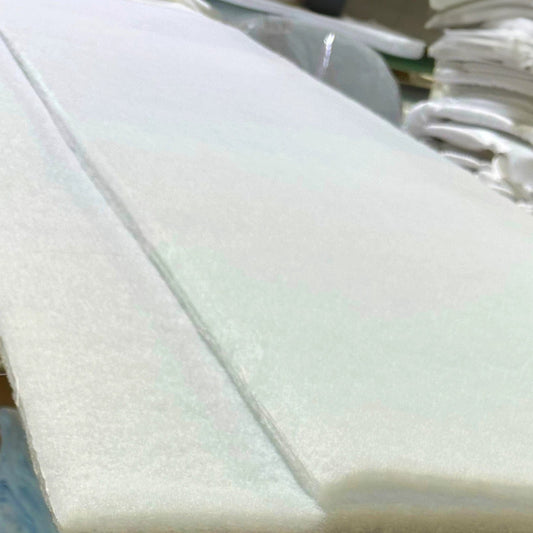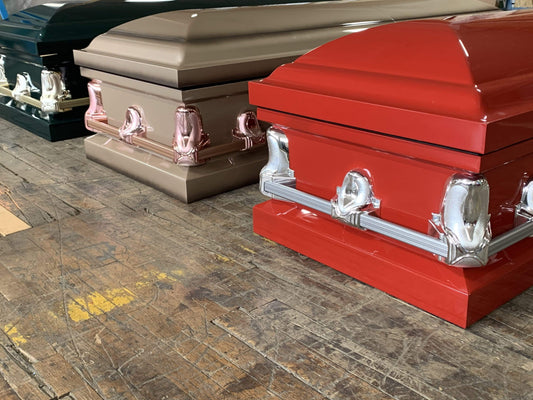If you are making various funerary and burial decisions pertaining to arrangements and etiquette, you may be wondering what to choose between a grave liner or a burial vault. While they both support a burial site and the casket or urn buried, they differ on many accounts. Read ahead if you wish to know more about each of their structural elements and which might be a perfect choice.
What Is A Grave Liner?
A grave liner is a burial receptacle that serves to seal a casket or urn, enclosing them either partially or entirely. Made from cement or plastic and taking the shape of a box or dome—it is inserted into the cemetery ground as added structural support to the cemetery grave. Without this liner, a buried casket may become concave and disfigured over time. This, in turn, may leave the cemetery ground uneven and unsafe for those around. Since they are mostly made from concrete, water and dirt may enter the structure and into the casket– given its porous nature. Resultantly, the casket may be exposed to quicker degradation. As a preventive measure, holes are drilled into these liners in the hope that the water table will increase in the area around the casket, therefore, keeping the liner in space and not allowing it to come out of the group with the table.
What Is A Burial Vault?
Burial vaults ensure higher tensile robustness so that external materials, such as dirt, water and moisture, do not reach the insides of the casket. Burial vaults that are not made from plastic, have an interior liner, in addition to their seal (water resistant) present on their lid and units. They offer a complete enclosure, not just a partial cover. Therefore, the burial vault offers a greater level of protection, given the additional elements in its design. The inside lining does not usually use porous cement and, instead, uses plastic. The cover is sealed in tight with butyl tape.
How Are They Different?
- Protection: A burial vault offers greater protective functions to the buried casket than a grave liner. A grave liner has no seal or liner present in its structure but has drainage holes at its base. Given this, the casket space is not a hygienic or dry one–allowing the casket to disintegrate quickly. A grave liner does prevent the earth from collapsing, however, the structure itself may break down gradually. On the other hand, a burial vault has a secure seal and a polymer liner, which helps protect the casket from any exposure to external debris or elements. Moreover, the polymer liner prevents any breakage from taking place. It ensures that the grave space is dry and clean and prevents the earth above from collapsing.
- Cost and Time: A grave liner is significantly cheaper than a burial vault. Given the steep manufacturing costs, elaborate finishes and techniques, high-cost materials and customization options, a burial vault is an expensive option. If you are looking for a quick and cheap, obligatory option, a grave liner is your choice. Those who generally opt for one do so when they are less interested in the quality of the product and more focused on installing it quickly as a logistical, funerary requirement they are expected to fulfill. If, however, you are willing to spend more on securing a higher quality and protective product, a burial vault is what you should go for.
- Customizations: There are greater customization options available for burial vaults. You can add emblems, photographs or even appliques to it. These personalizations are not that easily implementable in a grave liner.
Final Choice
You have been introduced to the pros and cons of a grave liner and a burial vault, and the final choice you make depends on what factors you value more— be it the price or the appeal or the protective benefits and guarantees. Additionally, if you want to get your hands on the perfect casket or urn, check out Titan Casket’s superb collection.

![Upgrade to Premium Weight [18-gauge steel]](http://titancasket.com/cdn/shop/products/casketthicknesswithnumbers.png?v=1680642906&width=533)



